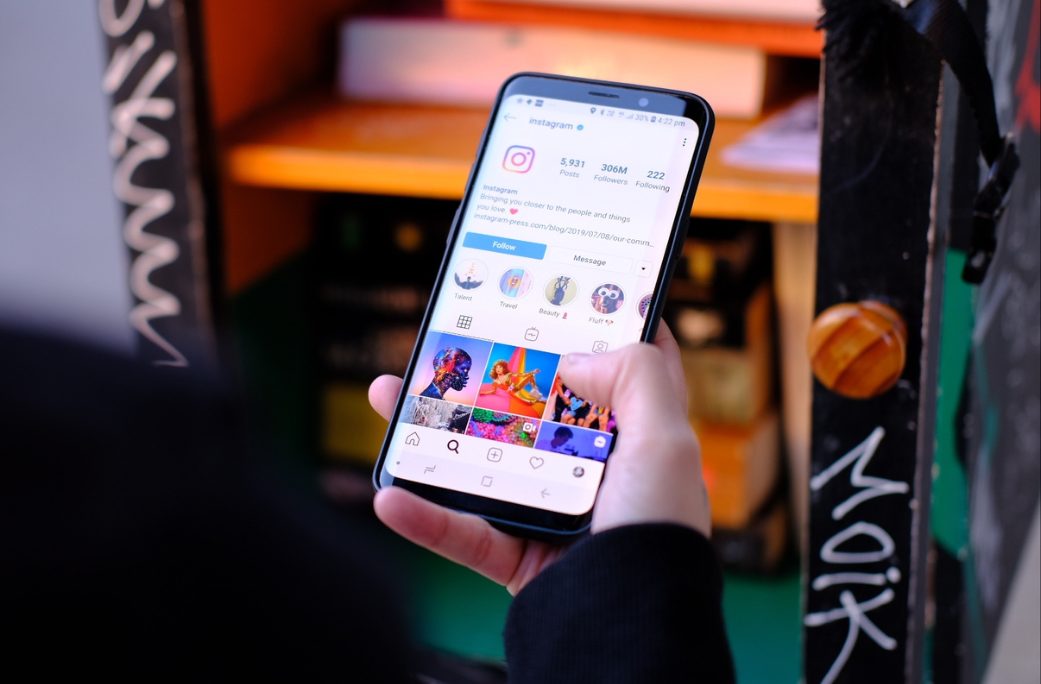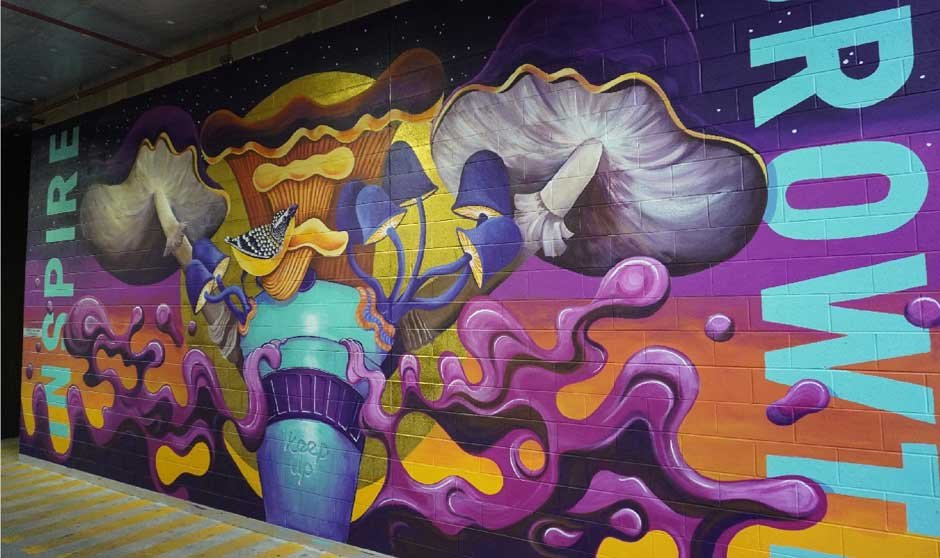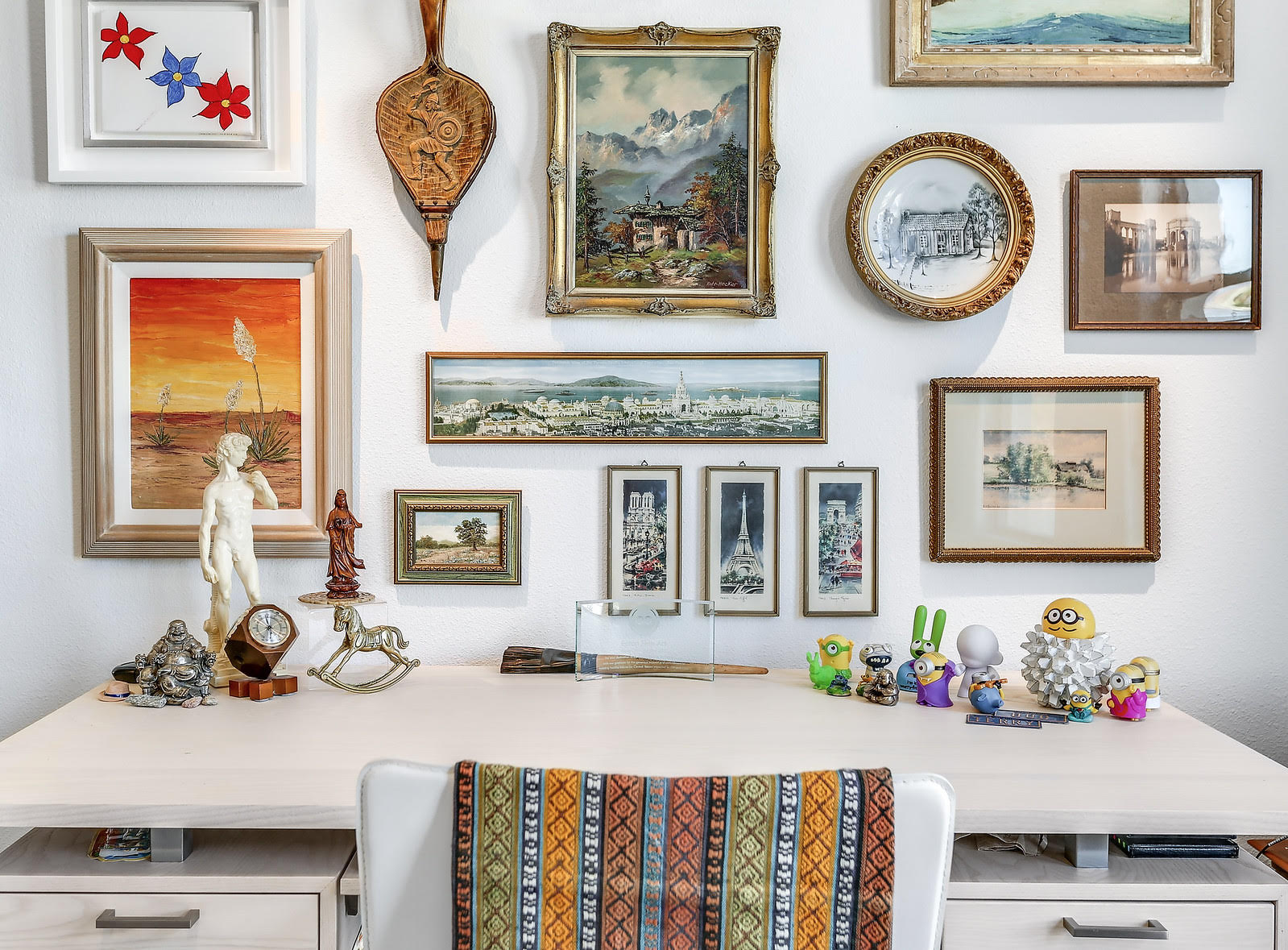[ad_1]
Art, in its myriad forms, has always been a cornerstone of human expression and cultural identity. From the earliest cave paintings to contemporary digital art, it reflects the complexity of human experiences, emotions, and perceptions. This article delves into the transformative power of art, exploring its impact on society, individual consciousness, and its continuous evolution over the centuries.
Art as a Mirror of Society
Art has always mirrored the society in which it was created, capturing the zeitgeist of an era. Whether through the politically charged paintings of the Renaissance or the rebellious spirit of modern street art, it reflects the social, political, and cultural climates of its time. Art serves as a historical record, offering insights into past civilizations’ values, struggles, and everyday life. By examining art, we gain a deeper understanding of the human condition and the world we have shaped over millennia.
The Evolution of Artistic Expression
The evolution of art is a testament to human creativity’s boundless nature. From the realism of Classical art to the abstract forms of Modernism, each movement has brought new perspectives and techniques. The Renaissance brought forth a renewed focus on naturalism and human anatomy, while the Impressionist movement rebelled against these norms, focusing on light and color. This evolution is not just a chronology of styles but a continuous dialogue between artists and their environments, constantly challenging and redefining the boundaries of expression.
The Emotional Impact of Art
Art possesses a profound ability to evoke emotions, stir thoughts, and provoke conversations. It can move us, challenge our perceptions, and offer solace. The emotional impact of art is universal, transcending language and cultural barriers. It speaks to our innermost feelings, connecting us to something larger than ourselves, whether it’s the serene beauty of a Monet landscape or the raw energy of a Basquiat painting.
Art in Public Spaces: Accessibility and Impact
The placement of art in public spaces plays a crucial role in democratizing art access. Street art, public sculptures, and murals bring art out of the galleries and into the everyday lives of people, making it an integral part of community spaces. This accessibility not only broadens the audience for art but also allows for a more diverse and inclusive representation of voices and experiences within the public sphere.
The Digital Age and Art
The advent of digital technology has revolutionized the art world. Digital art, whether in the form of graphic design, digital painting, or virtual installations, has expanded the horizons of what is possible in art. It has also democratized the creation and distribution of art, allowing artists from all corners of the globe to share their work with a global audience. Websites like ArtsyForward are instrumental in this digital landscape, providing a platform for artists to showcase their work and for art enthusiasts to discover new talents and trends.
The Healing Power of Art
Art therapy has emerged as a powerful tool in mental health, helping individuals cope with trauma, express emotions, and explore their inner worlds. The act of creating art can be therapeutic, offering a form of expression that words often cannot capture. Similarly, the experience of engaging with art can provide comfort, stimulate introspection, and foster emotional release.
Art Education and Its Importance
Art education plays a pivotal role in developing critical thinking, creativity, and cultural awareness. It is not just about teaching techniques or art history; it is about nurturing a sense of curiosity and appreciation for the diversity of human expression. Art education helps build a more empathetic and informed society, capable of appreciating the nuances of different cultures and histories.
Art and Cultural Identity
Art is deeply intertwined with cultural identity, serving as a vessel for preserving traditions, languages, and stories. It is a medium through which communities express their heritage, beliefs, and perspectives. In a globalized world, art becomes even more crucial in maintaining and celebrating the uniqueness of diverse cultures.
The Future of Art
The future of art is as unpredictable as its past has been diverse. With the continuous advancement of technology and the ever-changing social landscapes, art will undoubtedly continue to evolve in form and content. What remains constant, however, is art’s ability to inspire, challenge, and transform.
Art, in all its forms, is a fundamental aspect of human existence. It enriches our lives, challenges our perceptions, and connects us across time and space. Its transformative power lies in its ability to reflect the human experience in all its complexity, beauty, and tragedy. As we continue to navigate the ever-changing landscape of our world, art remains a constant, a source of inspiration and understanding, and a testament to the indomitable spirit of human creativity.
[ad_2]
Source link












